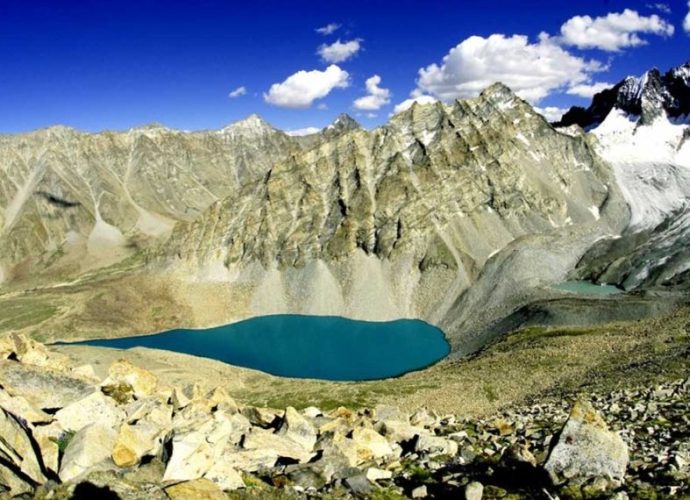The Financial Times’ inclusion of northern Pakistan in its esteemed list of “50 Holidays to Take in 2025” is a significant occasion for Pakistan’s tourist industry. The location was chosen in large part due to its “dramatic mountain scenery” and increased security, according to the international business journal.
Some of the highest peaks in the globe, including K2, the second-highest mountain in the world, can be found in Pakistan’s stunning northern region of Gilgit-Baltistan. Trekking, mountaineering, paragliding, and cultural discovery draw thousands of foreign visitors each year to this region, which is well-known for its unspoiled landscapes and adventure tourism.
The region’s increasing appeal as a result of improved accessibility, better lodging alternatives, and Pakistan’s changing visa restrictions was noted in the Financial Times study. To facilitate travel to the area, Pakistan started providing free online visas for nationals of more than 120 nations in August 2024. Additionally, travel logistics have become easier due to a rise in flights to Skardu and Gilgit, which are important entry points to the Hunza Valley and Baltistan.
According to the research, “Northern Pakistan boasts some of the most dramatic mountain scenery in the world.” The UK-based travel company Wild Frontiers, which has been planning excursions to Pakistan since 1998, was also highlighted. Six days of trekking are included in the company’s 14-day guided trip, which provides an in-depth cultural experience of the history, scenery, and customs of the area.
A Year of Victory and Misfortune
In northern Pakistan, climbing trips increased in 2024, although there were hazards involved as well. Nine climbers sadly died last year while attempting to summit peaks in the area, according to the Alpine Club of Pakistan. Adventurers from Brazil, Russia, Japan, and Pakistan themselves were among the dead, highlighting the difficulties of traversing some of the most difficult terrain on earth.

